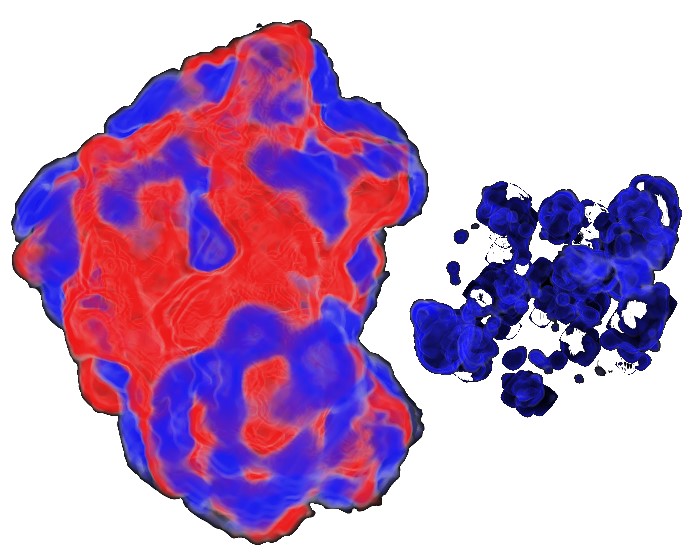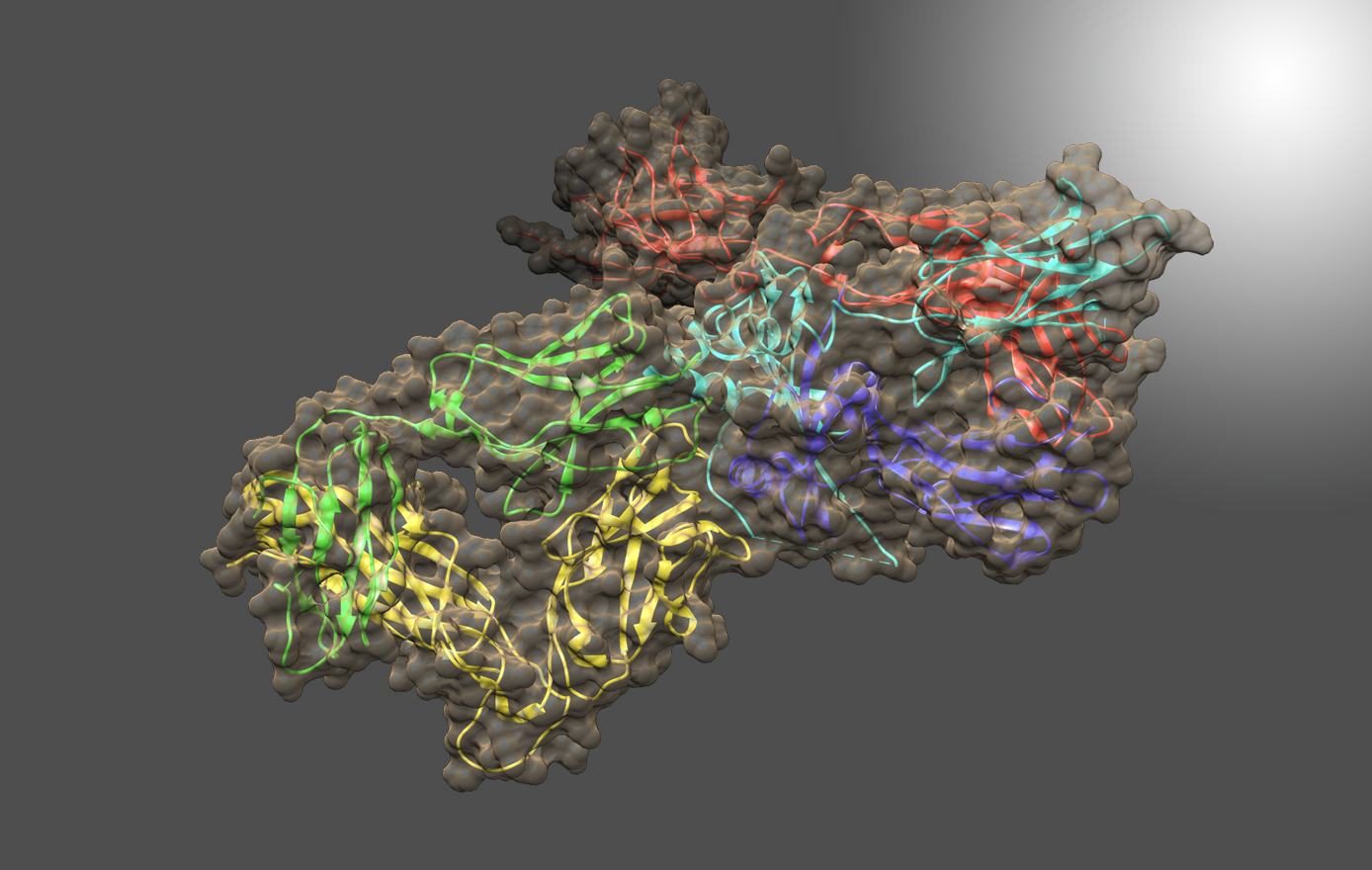
Contact
Email: wyu@rx.umaryland.edu
Call: (410) 706-7441
Wenbo Yu
Weber Group
Contact
Email: wyu@rx.umaryland.edu
Call: (410) 706-7441
Education
- Postdoctoral Fellow, University of Maryland, Baltimore, 2016
- Ph.D., Condensed Matter Physics, University of Science and Technology, China, 2009
- B.S., Physics, University of Science and Technology, China, 2003
Profile
Dr. Wenbo Yu develops and uses computational methods to study the conformation changes, thermodynamic properties and interaction profiles of protein-protein interactions and complexes of proteins with small molecules. Dr. Yu focuses on development and application of computer-aided drug design (CADD) approaches for drug discovery, especially for cancer-related targets. In particular, he pursues new CADD methods development and coding; force field development; and molecular level simulation to investigate phenomena of biological and medicinal interest. In collaboration with experimentalists, Dr. Yu is studying new therapeutic targets, improving drug performance, and exploring structural level behaviors of drugs and macromolecules.

CURRENT RESEARCH
Computer-aided drug design (CADD) approaches are powerful tools that can complement experimental methods to expedite the process of drug discovery. For a new, experimentally identified target, a CADD approach can quickly screen millions of compounds that are available from commercial vendors. Using a sophisticated CADD technique can help to enhance the true positive rate and suggest a list of compounds for testing. Once hit compounds are identified, the CADD approach can be used to optimize lead compounds and improve binding affinities.

Using advanced CADD tools, Dr. Yu participates in a wide range of collaborative ongoing research projects within the Center of Biomolecular Therapeutics (CBT) to search for small molecule binders, optimize existing lead compounds, and explain their dynamic behaviors in targeting cancer, bacterial infections, and other diseases.
In addition to applying existing CADD approaches, Dr. Yu also develops new CADD methods validated through iterative coding and testing. He developed a new pharmacophore-based CADD approach to facilitate virtual screening of drugs for new targets. The new method builds pharmacophore models using energetic information from molecular dynamics simulations, rather than from static binding orientations of ligands. It also incorporates more information about conformational flexibility and the desolvation effect at the target binding pockets, which may benefit the virtual screening results. He is currently working on the development of a new protein-protein interaction (PPI) method for more accurate and robust predictions. Unlike existing methods, which are based on empirical functions, the new method is based on a new scoring function deduced from molecular dynamics simulations and is expected to provide a more accurate physical representation of PPI.
Dr. Yu is also working on structure-function studies of proteins and nucleic acids. He recently used molecular dynamics simulations to explain histone 3 (H3) methyltransferase NSD2 mutation effects on interactions of NSD2 with DNA/H3 complexes (both H3.3 and H3.1 variants). Understanding these interactions may provide new avenues for therapeutic interventions in NSD2 dysregulated malignancies, including relapsing acute lymphocytic leukemia (ALL), the most common pediatric cancer in the US.
